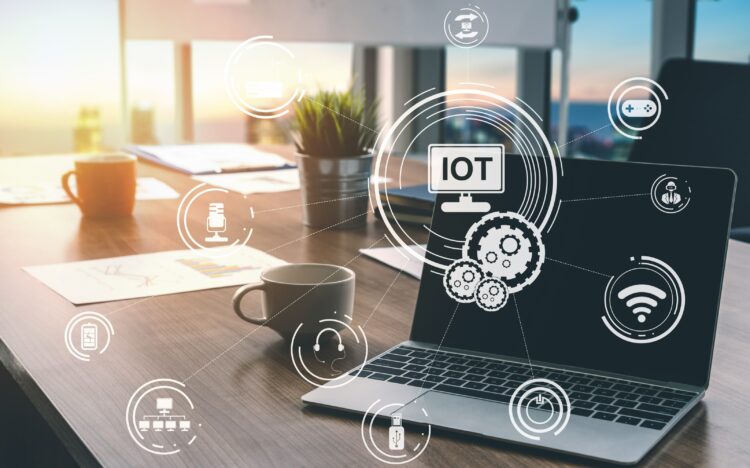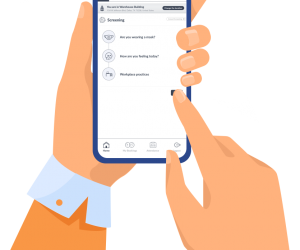
Simply put, the Internet of Things (IoT) is a way of connecting physical places and things in the world to the Internet. IoT systems provide physical devices and machines with unique identifiers (UIDs), giving them the ability to transfer data over networks, without any human interaction. The Internet is a massive resource for storing and transmitting information, by combining that with IoT, an organization’s potential to automate and digitalize is endless. IoT is creating one big information system, where anything can be connected to and communicated with intelligently.
Intelligently Tracking Assets
Asset Tracking is one of the most popular IoT use cases for enterprise organizations. As per global asset management experts, the demand for Asset tracking IoT devices will grow by three times over the next two years. When you think about it, it is almost as if IoT was designed specifically for asset tracking and asset management. Beyond data collection, IoT sensors and devices enable objects and processes to act based on the information received.
ISH’s report, “IoT trend watch 2018”, describes a world with >31 billion connected IoT devices in 2018 and they forecast significant growth in the future, with 75.4 billion devices in 2025.
As IoT becomes the new norm, we are getting more and more comfortable with the idea of smart cars, smart homes, and even smart workplaces. IoT is completely transforming Asset Management by creating integrated environments that can receive information in real-time, and act based on that information, reducing the need for manual intervention.
The Future of Asset Management
The legacy system of managing assets is working out of silos, manually tracking asset details. This methodology is not collaborative, less efficient, more vulnerable to errors, and requires more human resources to conduct.
IoT advances traditional asset management to the next level by installing sensors on devices, enabling them to communicate between themselves, automatically sending data to specified destinations. Sensors are connected to a central system, allowing key stakeholders from all departments to analyze critical information about the specific assets that they manage. With this information, key stakeholders can take proactive action on specific assets that require maintenance to drastically reduce downtime, the occurrence of outages, and equipment failures.
Regardless of whether digitalization is the logical next step for your organization, it’s difficult to ignore the benefits of an IoT-powered asset management strategy that assesses, self-corrects, optimizes resources, reduces risks, and extends the long-term values of each asset.
Organizational Benefits of IoT Asset Management:
- Increased operational efficiency
- Increased productivity
- More efficient use of resources
- More control over the asset lifecycle
- Reduce risk
- Real-time Inventory Management
- Intelligent Asset Tracking
- Automation of maintenance and repair operations
- Easy identification of growth opportunities
- A responsive smart ecosystem
- A transparent supply chain
- Enhance the organization’s reputation and ensure its sustainability.
- A decrease in maintenance cost.
- Manage productivity and earn high returns on investment.
The HelixSense Mantra
HelixSense is disrupting Asset Management. We seek to provide organizations with the actionable data they need to reduce hidden costs, risks, and incident occurrence. HelixSense enhances the awareness of stakeholders across all departments by empowering them to collectively make decisions that benefit the organization as a whole. Our goal is to help you maximize the long-term value of your assets by creating a culture of continuous improvement, where information is your greatest asset.
HelixSense is not optimizing Asset Management, HelixSense is disrupting how we think about Asset Management.



